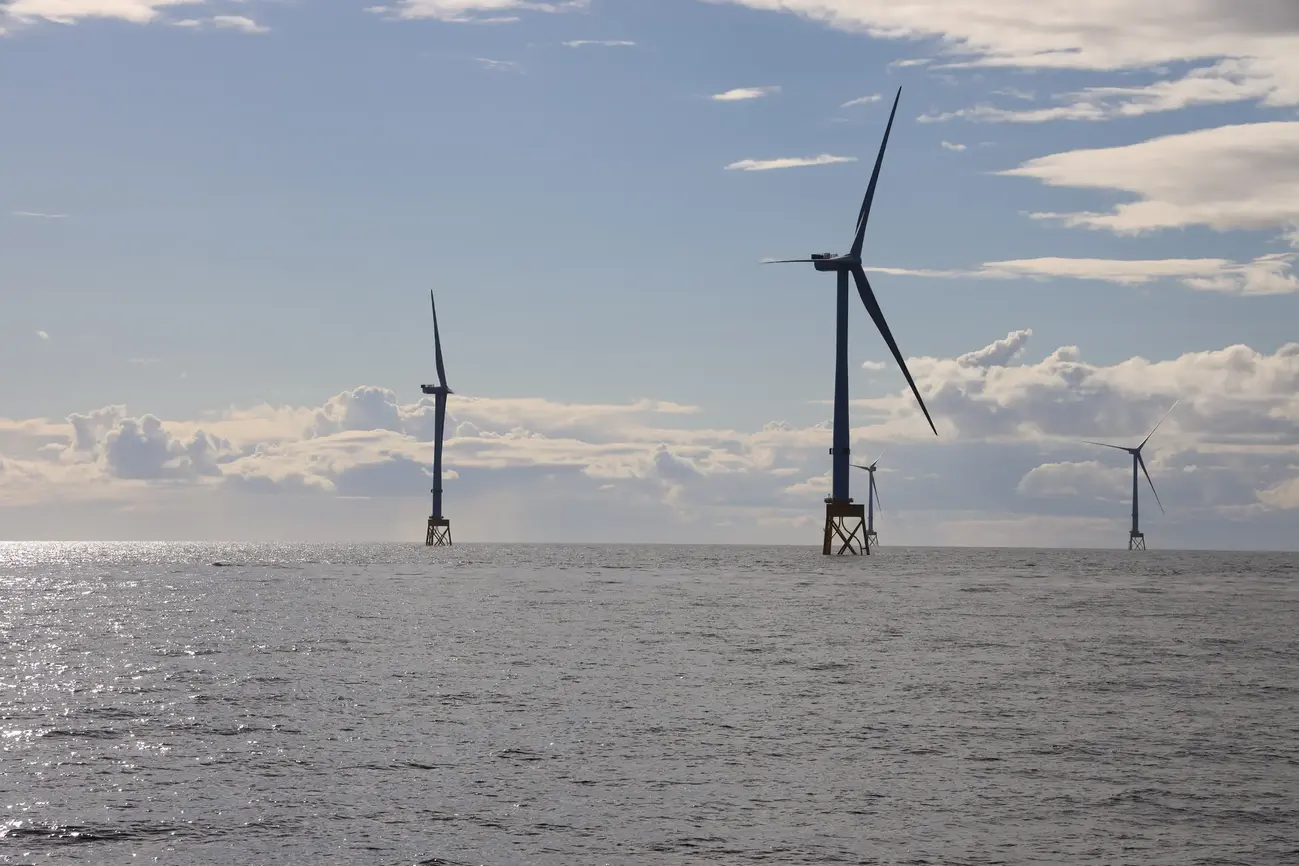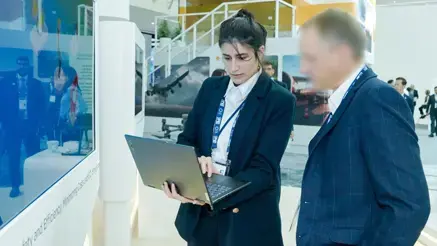As winner of the 'Centre Manche 2' tender, TotalEnergies will develop the largest offshore wind farm ever built in France. Located off the coast of Normandy, this 1.5 GW project will eventually generate 6 TWh per year, equivalent to the consumption of one million households. Monica Burgos Egido, Operations & Maintenance (O&M) Manager for offshore wind power at the CSTJF in Pau, explains how this extraordinary project got started and defines the site’s operating strategy for the next three decades.

Monica Burgos Egido joined TotalEnergies in 2009, and has spent over 14 years working in the Oil & Gas sector, on international assignments in Argentina, Abu Dhabi, Angola and South Korea. In line with the Company’s new energy transition strategy, TotalEnergies has significantly expanded its renewable energy operations. The “offshore wind” team at the CSTJF in Pau was already taking shape, and they were looking to recruit specialists who could transfer their offshore expertise to the offshore wind sector. Monica came on board in 2023, and has since worked on several European projects, including the ‘Centre Manche 2’ tender, recently won by the Company.
It represents the biggest renewable energy project ever developed in France! Located more than 40 kilometers off the Normandy coast, the wind farm will generate around 6 TWh of electricity per year.
What is your role in this extraordinary 'Centre Manche 2' project?
MBE: I'm in charge of Operations & Maintenance (O&M). In practical terms, this involves designing the site’s “operating philosophy” for the next 35 years... before any construction work has even started! In other words, we need to anticipate all future needs: onshore logistics bases, warehouses, workshops, human resources, marine logistics resources, and so on.
To develop this “strategic vision”, we are working in synergy with the logistics teams, who are studying, in particular, how to adapt the capacity of the Normandy ports to accommodate offshore activities. We are also in discussion with ocean weather specialists who are conducting preliminary studies on sea conditions (such as currents, wind and swell). This data is essential for defining wind speeds at turbine height and vessel accessibility, so that we can model the site’s operations as closely as possible to the reality on the ground.
What are the main challenges ahead
MBE: The first challenge is distance! Centre Manche 2 is located far off the coast, which imposes specific logistical and maintenance constraints. We are using probabilistic models to simulate 35 years of operation under realistic weather conditions, anticipate potential failures, such as damage to blades, and thus identify the resources needed to deal with them. In fact, our colleagues at the CSTJF are currently developing GRIF Wind, an in-house tool for high-precision modeling, using the capacity of our Pangea supercomputer housed at the Pau site (CSTJF).
The other major challenge is the sheer scale of the project. These are new-generation turbines, each with the capacity to generate up to 21.5 MW. They are gigantic marine structures, without industrial precedent. This requires an unprecedented technological leap, because we have to develop our own reliability and intervention scenarios, without drawing on concrete feedback
How do you plan to maintain such a large fleet?
MBE: Offshore maintenance operations are complex and costly, requiring specialized vessels. We have to make strategic trade-offs between SOVs (Service Operation Vessels), real floating bases capable of housing 60 to 70 technicians, or smaller transfer boats, which are less expensive but more dependent on the right weather conditions.
Striking the right balance between performance, safety and economic viability is essential, because every logistical decision has an impact on operating costs and field production, and therefore on project profitability.
What environmental objectives are associated with the project?
MBE: France now imposes strict rules on emissions, during both the construction and operating phases. Our models incorporate a complete life cycle analysis of our operations: choice of ports, type of vessels, frequency of operations, etc. TotalEnergies has also strengthened its environmental commitment by allocating a minimum of €45 million to impact avoidance, reduction and offsetting measures, and a further €15 million to a biodiversity protection fund in Normandy.
In addition, we are aiming to recycle or reuse 95% of components (blades, masts, aerial platforms) and 100% of generator magnets.
Does this project mark a turning point in TotalEnergies’ strategy?
MBE: Yes, definitely. ‘Centre Manche 2’ exemplifies the convergence of all of CSTJF’s expertise: offshore engineering, operations, logistics, environment, and so on. We are capitalizing on decades of offshore know-how to build a more sustainable and local model. The aim is clear: to design, build and operate major offshore wind platforms that support the sustainable energy transition, with the same high standards as in the Oil & Gas sector.
We are currently in the detailed study phase, prior to the final investment decision scheduled for 2029. If everything goes according to plan, the project will be commissioned in 2033, in line with RTE's connection schedule.
Download the Press Release: "France: TotalEnergies Selected by the State as Operator of the Country’s Largest Renewable Energy Project"

Managing maintenance for offshore wind turbines
At the crossroads of cutting-edge technology and artificial intelligence, from the site in Pau, TotalEnergies deploys a range of expertise to ensure the complex maintenance of these offshore giants.

Developing offshore and onshore wind power
TotalEnergies is banking on the development of renewable energies - wind, solar, thermal hybrid and storage - to tackle climate change challenges and provide a response to new expectations when it comes to power supply.

GRIF: When mathematics catalyze the energy transition…
From the TotalEnergies Site in Pau, Maïder Estécahandy leads the GRIF (GRaphical Interface for reliability Forecasting) project. She’s a reliability engineer and decodes a profession where complex calculations play a central role in the context of the energy transition.